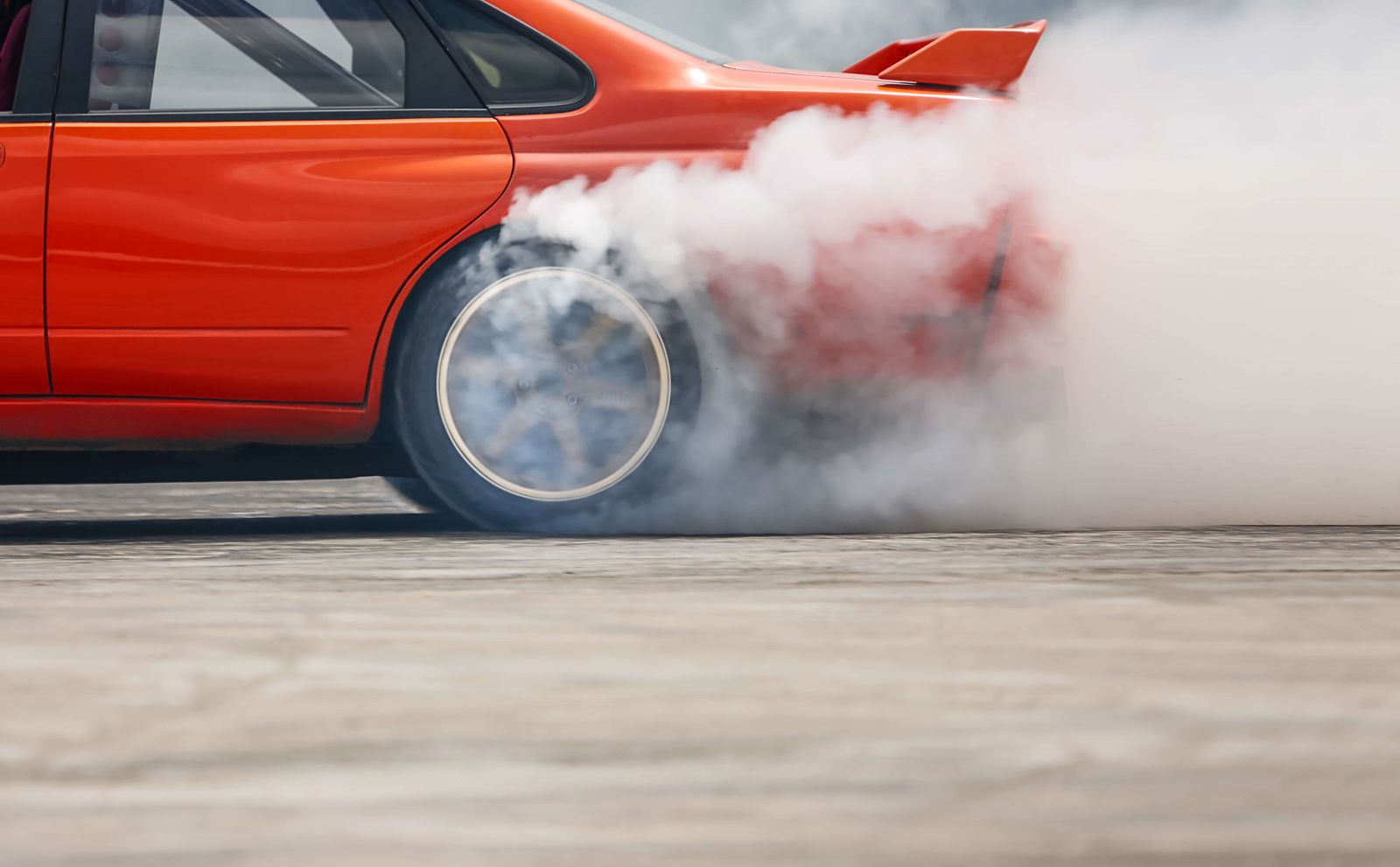Performance Fuels

What Separates a Race Fuel from a Street Fuel?
- Category:
- Fuel Facts
by Grassroots Motorsports
Posted on 4/26/2024

From the start, race fuels are typically cleaner and more consistent than pump fuels. The reasons why are due to economics and environment.
Pump gas is a product largely driven by cost, and standards allow a certain amount of agents that over time can cause gum and varnish. Since a tank of pump gas is usually consumed fairly quickly, the presence of those agents is rarely noticed by the consumer.
Race gas is produced for a more exacting consumer, so quality and consistency become the driving factors. According to Zachary J. Santner, senior specialist of quality at Sunoco, race gases start with a base product that, in rough figures, can be called 10 times cleaner than its street-bred counterparts. A tangible benefit of that cleanliness: Race fuels are a lot more stable and can be stored for at least two years without any noticeable changes.
Then there’s consistency. As per EPA standards, pump gas formulas vary based on season and location. A winter-blend fuel, for example, is formulated to produce quick starts in cold weather. During the summer months, though, that winter fuel would lead to increased emissions. Altitude, local air quality and other factors can further affect the blend, and the end result can be dozens of variations for just a single brand and grade of fuel. Race fuels, Santner continues, are consistent. They come from one source, and the formula never changes. Running race fuels simply eliminates one variable from the equation.
